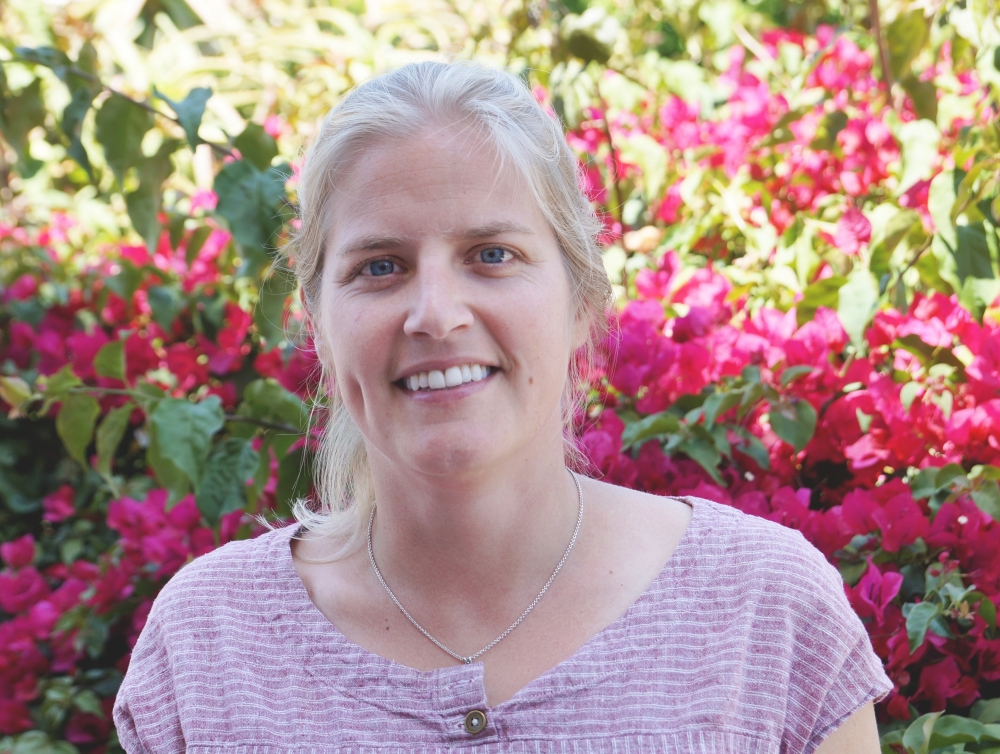
Extreme Exposure

Although common opinion holds that exposure to pesticides increases adverse birth outcomes, the existing body of scientific evidence is ambiguous. Logistical and ethical barriers — pesticide use data are not widely available and randomized control trials are impossible — have gotten in the way of more accurate conclusions.
A new study by researchers at UC Santa Barbara addresses the issue in a novel way — by analyzing birth outcomes in California’s San Joaquin Valley.
With more than one-third of the country’s vegetables and two-thirds of its fruits and nuts produced there, the San Joaquin Valley, not surprisingly, is a heavy pesticide-use region. The UCSB team investigated the effect of exposure during pregnancy in this agriculturally dominated area and observed an increase in adverse outcomes accompanying very high levels of pesticide exposure. Their findings appear in the journal Nature Communications.
“For the majority of births, there is no statistically identifiable impact of pesticide exposure on birth outcome,” said lead author Ashley Larsen, an assistant professor in the Bren School of Environmental Science & Management. “Yet mothers exposed to extreme levels of pesticides, defined here as the top 5 percent of the pesticide exposure distribution, experienced between 5 and 9 percent increases in the probability of adverse outcomes with an approximately 13-gram decrease in birth weight.”
Using individual birth certificate records for more than 500,000 single births between 1997 and 2011, coupled with pesticide use data at a fine spatial and temporal scale, the scientists were able to determine if residential agricultural pesticide exposure during gestation — by trimester and by toxicity — influenced birth weight, gestational length or birth abnormalities.
They found negative effects of pesticide exposure for all birth outcomes — birth weight, low birth weight, gestational length, preterm birth, birth abnormalities — but only for mothers exposed to very high levels of pesticides — the top 5 percent of the exposure distribution in this sample. This group was exposed to 4,200 kilograms of pesticides applied in the 1-square-mile regions encompassing their addresses during pregnancy.
“If we can identify where and why these extremely high levels of use are occurring, particularly near human settlements, policymakers and health workers can work to reduce extreme exposures near agricultural communities via information campaigns or farmer outreach,” Larsen explained.
Numerous chemicals are used daily in close proximity to residential areas, making it difficult to ascertain a specific responsible agent. As a result, in this study, the researchers looked at the combined results from all pesticides used in the region.
“We don’t have a good understanding of how different chemicals interact with each other in the environment,” Larsen said. “Additional work is needed to understand which chemicals or combinations of chemicals are most dangerous to human health.”



